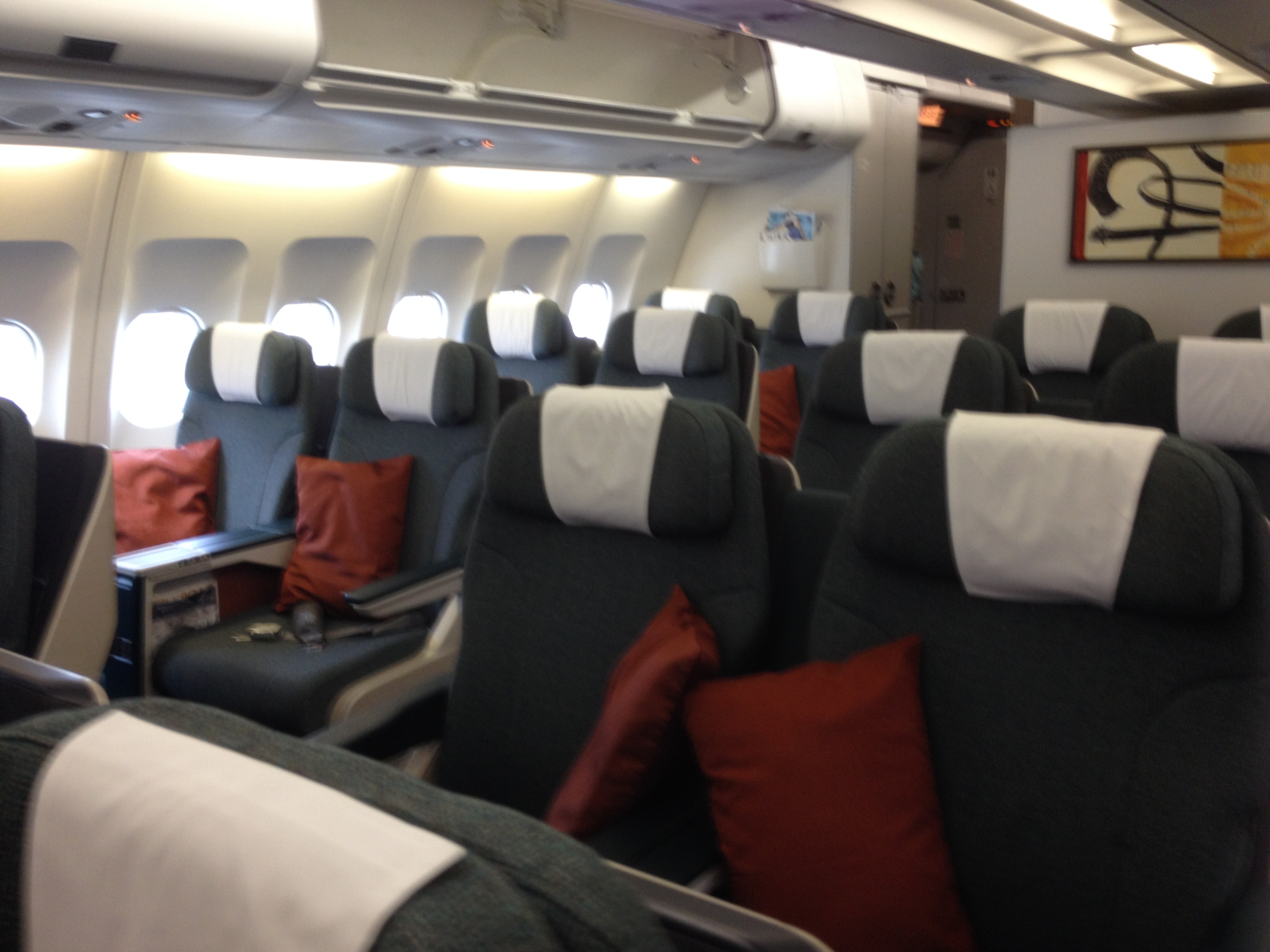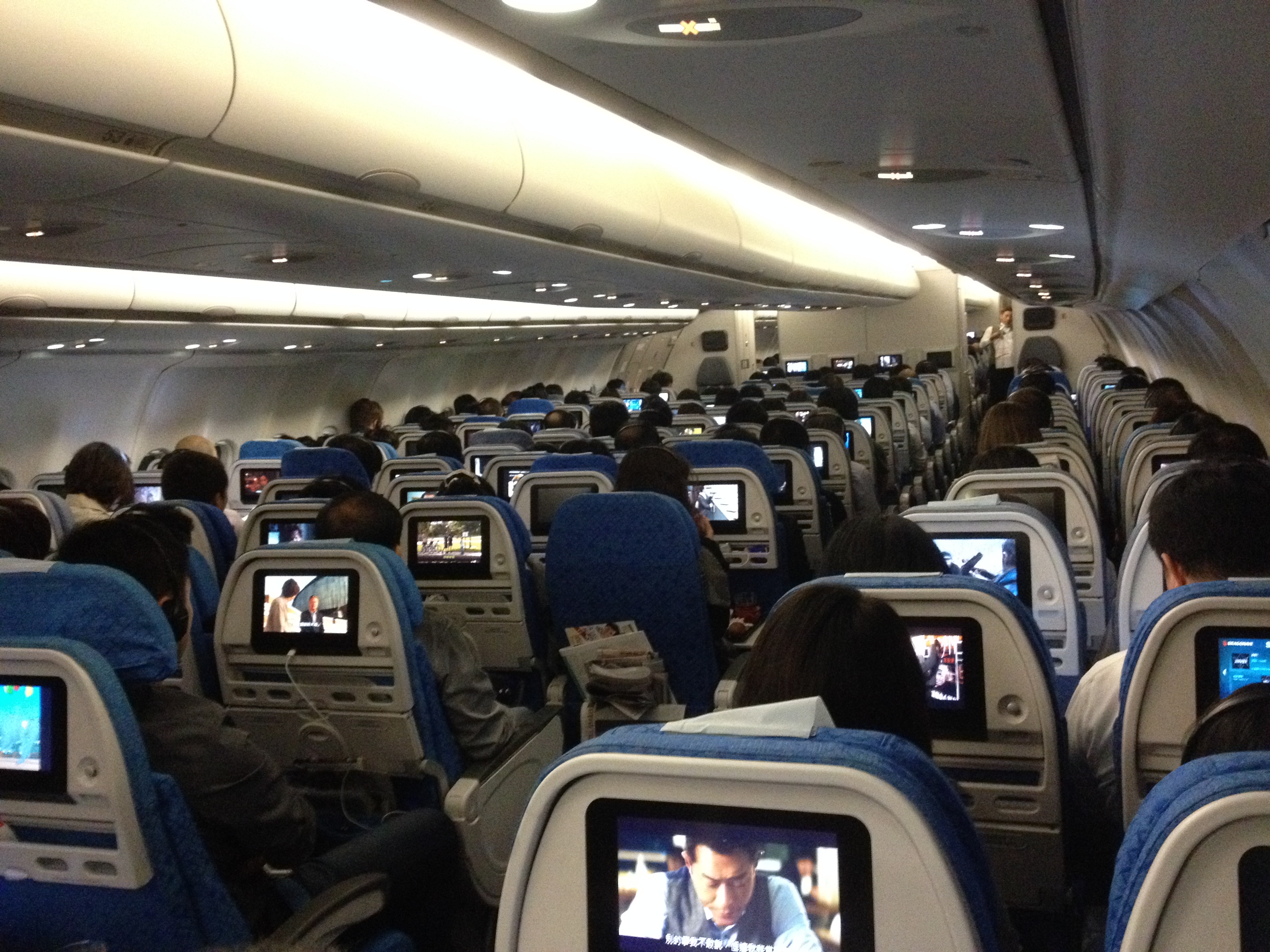Cathay Pacific’s long been flying to Kuala Lumpur. I’ve flown the route on Cathay Pacific’s A330, and while there’s nothing really special with the way they serve the route, it’s definitely one of Cathay Pacific’s more popular routes, with four flights a day.
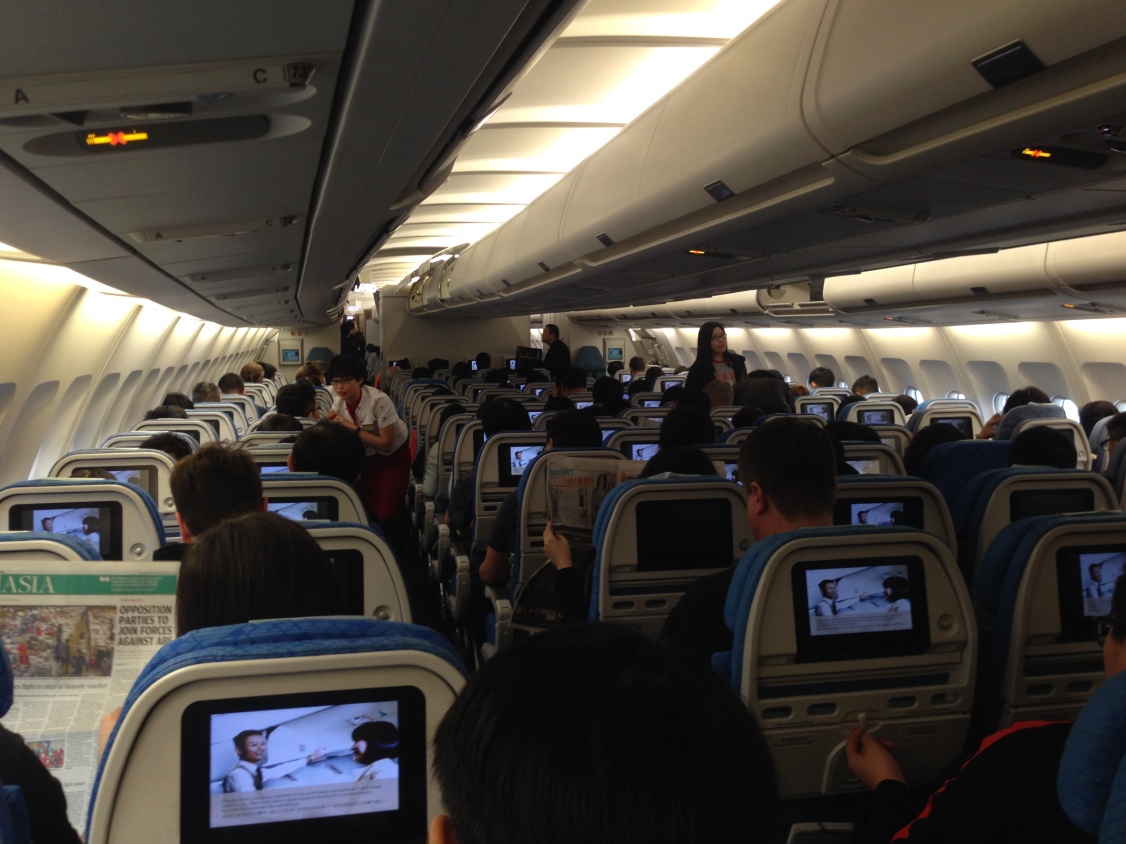
Cathay Pacific Airbus A330-300 Economy Class
While no A350s have been deployed on the route, Cathay Pacific presently operates A330s, 777-200s, 777-300s and A340s on the route.
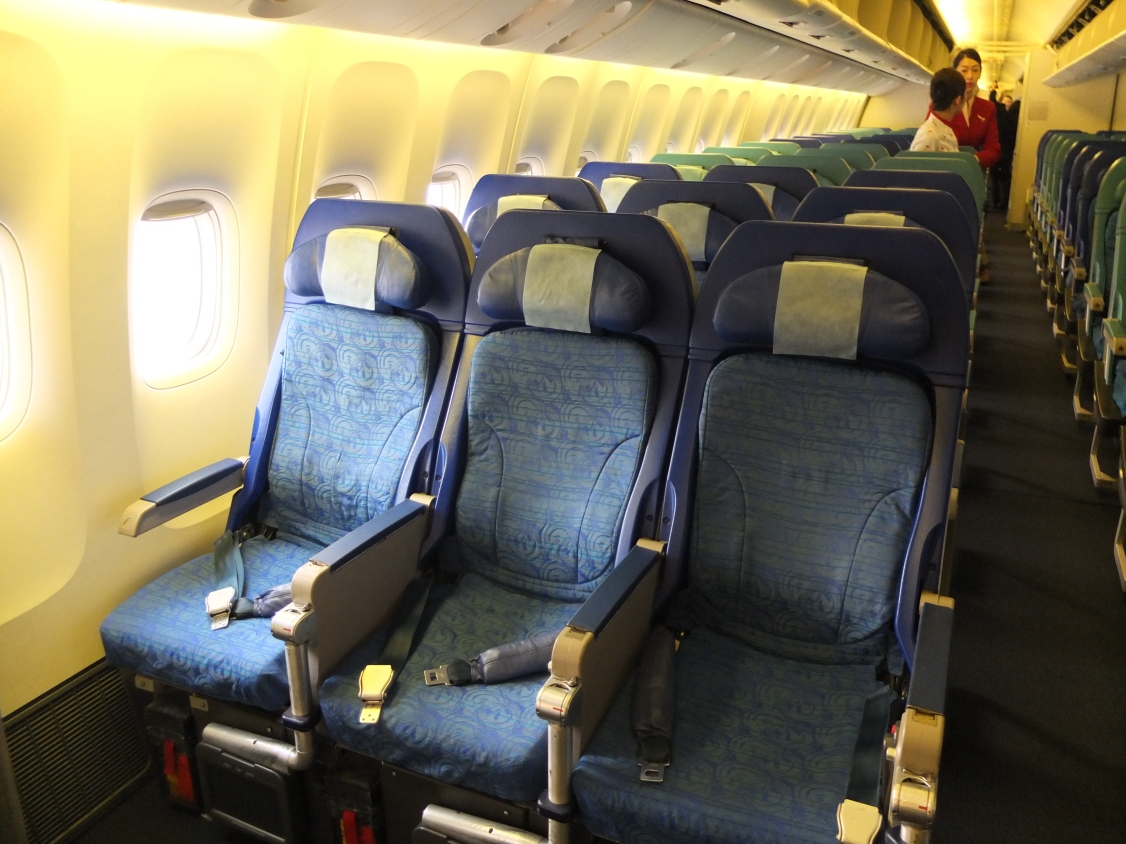
Cathay Pacific Boeing 777-300 Economy Class
Well as of next May, it’s worth noting that Cathay Pacific will pass off the Hong Kong to Kuala Lumpur route to subsidiary Cathay Dragon. Cathay Dragon is Cathay Pacific’s regional offshoot, and I’ve flown them many times before as their old name Dragonair, including both business class and economy class (I’ve flown them loads of times before that too, these are just the legs I reviewed after the blog started):
- Cathay Dragon A320 Economy Class Hong Kong to Beijing
- Cathay Dragon A330 Economy Class Beijing to Hong Kong
- Cathay Dragon A330 Economy Class Hong Kong to Kaohsiung
- Cathay Dragon A330 Economy Class Kaohsiung to Hong Kong
- Cathay Dragon A330 Business Class Hong Kong to Fukuoka
- Cathay Dragon A330 Business Class Fukuoka to Hong Kong
- Cathay Dragon A330 Economy Class Hong Kong to Shanghai Pudong
- Cathay Dragon A330 Economy Class Shanghai Pudong to Hong Kong
- Cathay Dragon A321 Economy Class Hong Kong to Yangon
- Cathay Dragon A321 Economy Class Yangon to Hong Kong
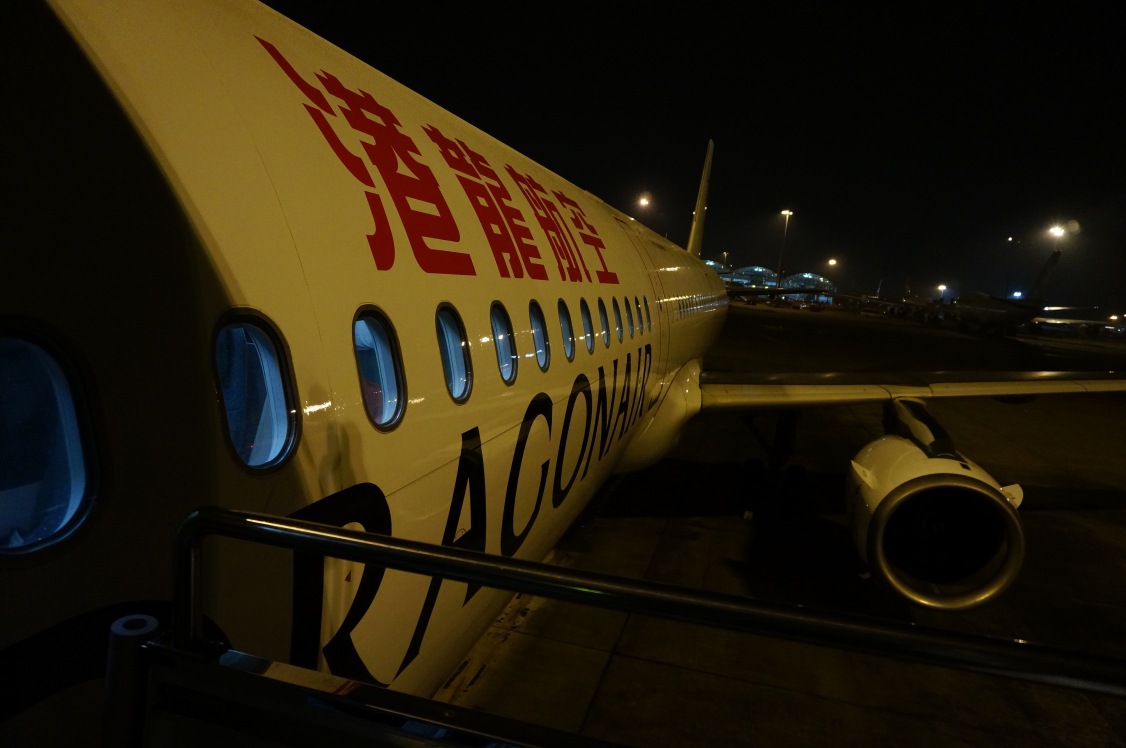
Dragonair Airbus A321 Hong Kong Airport
Now, obviously it sounds like I’m happy with this, but there are obviously problems with it. What are the main problems?
- Many airlines partnering with Cathay Pacific don’t allow routings through Cathay Dragon, so you can’t go by their group to KL anymore (there’s always Malaysia Airlines, though they do have a much inferior reputation)
- Cathay Pacific is passing off five A330s to Cathay Dragon (more on that later)
- Cathay Pacific doesn’t fly first class to Kuala Lumpur, though does fly their longhaul product occasionally (meanwhile all Cathay Dragon flies is their regional business class product)
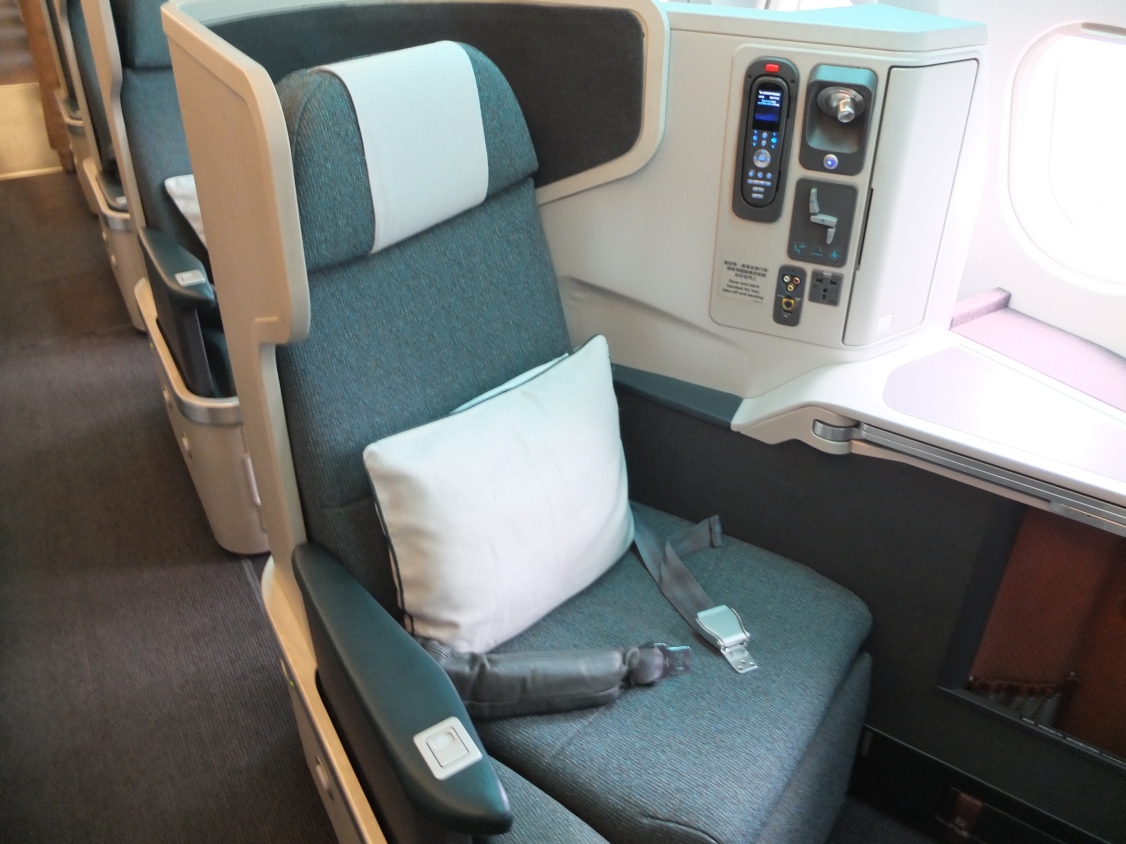
Cathay Pacific Airbus A330-300 Business Class
Cathay Dragon Airbus A330-300 Business Class
I get why they’re doing this, though – Dragonair does have a lower cost structure albeit being more “premium”, as after all there are fewer flight attendants, and as far as I know they seem younger and less well trained, (as I learned on the way to Shanghai),so I’ll assume that they’re not as well paid. There’s really not much competition from Hong Kong to Kuala Lumpur (Malindo and AirAsia are both LCCs, and not many people still fly Malaysia nowadays), so they’re ready to put more money into their longhauls.
Here’s Where The Strategy Sucks
Per the press release:
The new flights will be introduced progressively between March and May 2017. Kuala Lumpur will become Dragonair’s third destination in Malaysia – the airline already operates 11 weekly flights to Penang and five weekly flights to Kota Kinabalu. Together with Kuala Lumpur, Dragonair will be operating 44 weekly flights to Malaysia.
Cathay Pacific will cease its four daily flights to Kuala Lumpur upon the launch of the new Dragonair service. Additionally, five of Cathay Pacific’s Airbus A330 aircraft will be transferred to the Dragonair fleet to support the airline’s operation and growth.
Paul Loo, Director Corporate Development & IT of the Cathay Pacific Group, said: “This is part of our overall growth strategy for the Group. The aircraft transfer will also help to optimise the Group’s training abilities. We continually review the expansion and growth plans for both Cathay Pacific and Dragonair, the latter of which will be renamed Cathay Dragon in November.
“The Cathay Pacific Group of airlines remains committed to grow with the Malaysian market, and will continue to provide the same high level of product and service to our customers travelling to and from Malaysia.
“While Dragonair is launching services to Kuala Lumpur, Cathay Pacific is also growing its network of destinations, as reflected by our latest launch to Madrid in June and the upcoming service to Gatwick in London next month. More long-haul flights are planned for 2017. The airline is expanding its fleet with the delivery of two state-of-the art Airbus A350 aircraft already and expects to take delivery of 20 more A350s by the end of 2017.”
FIVE Airbus A330s. Why do they need five A330s for four daily flights? Given that each flight to KL takes four hours per way, add in an hour of turn time and you literally have ten hours of block time. Do you really need five aircraft for that?
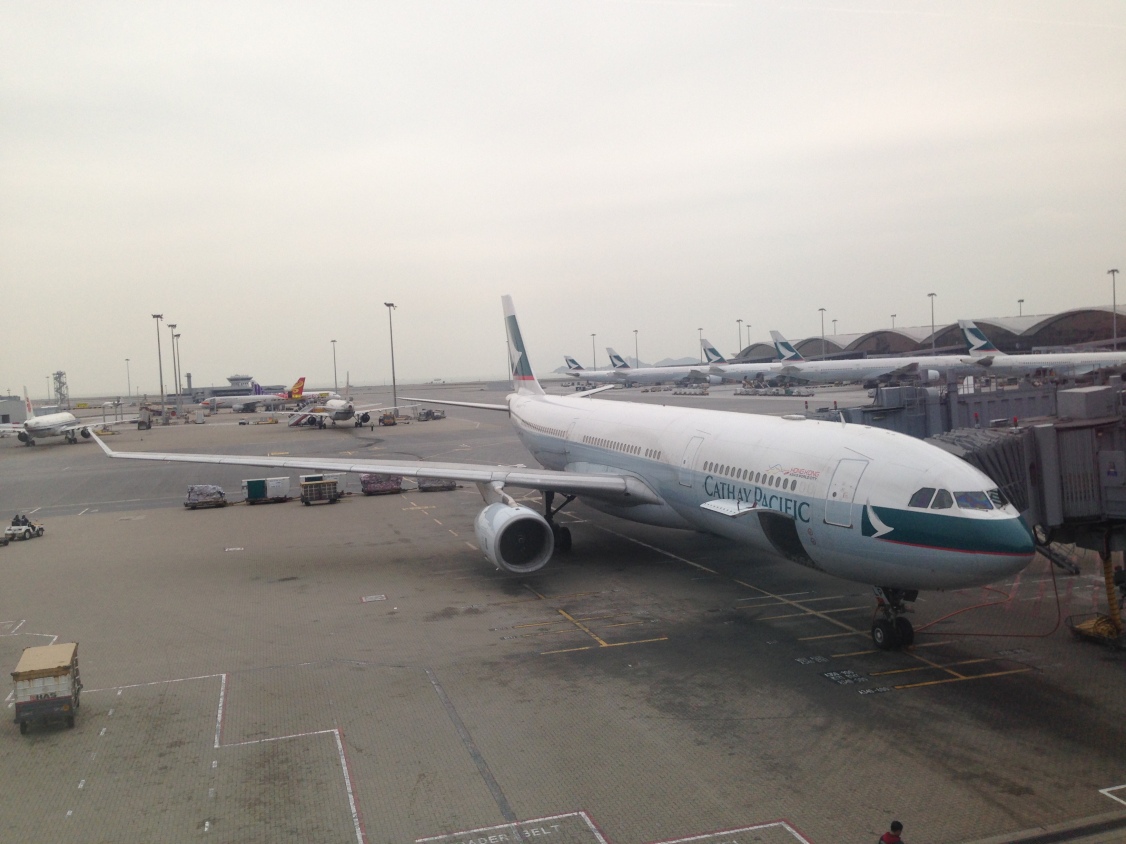
Cathay Pacific Airbus A330-300
I’m curious to see if Cathay Dragon will be operating other routes with the A330s, adding standbys or just leaving them there. After all, I don’t see why you need any more than three A330s, even with timing factored in.
There’s A Silver Lining in Every Cloud…At Least In Economy
One thing I’m very happy with is that out of all the Cathay Dragon flights Jason and I have taken since October 2014, only two have ended up in Cathay Dragon’s shell seat planes, B-HLG and B-HLL. While half of Cathay’s regional fleet features their terrible shell seats, it’s no secret that I love their new economy class, which most of Cathay Dragon’s A330s feature.
Cathay Dragon Airbus A330-300 Economy Class
There’s still a chance you end up in the seats below, but it’s very slim, to the point where you actually should be proud to be on one of their planes that crash-landed in Hong Kong back in 2010 features their shell seats.
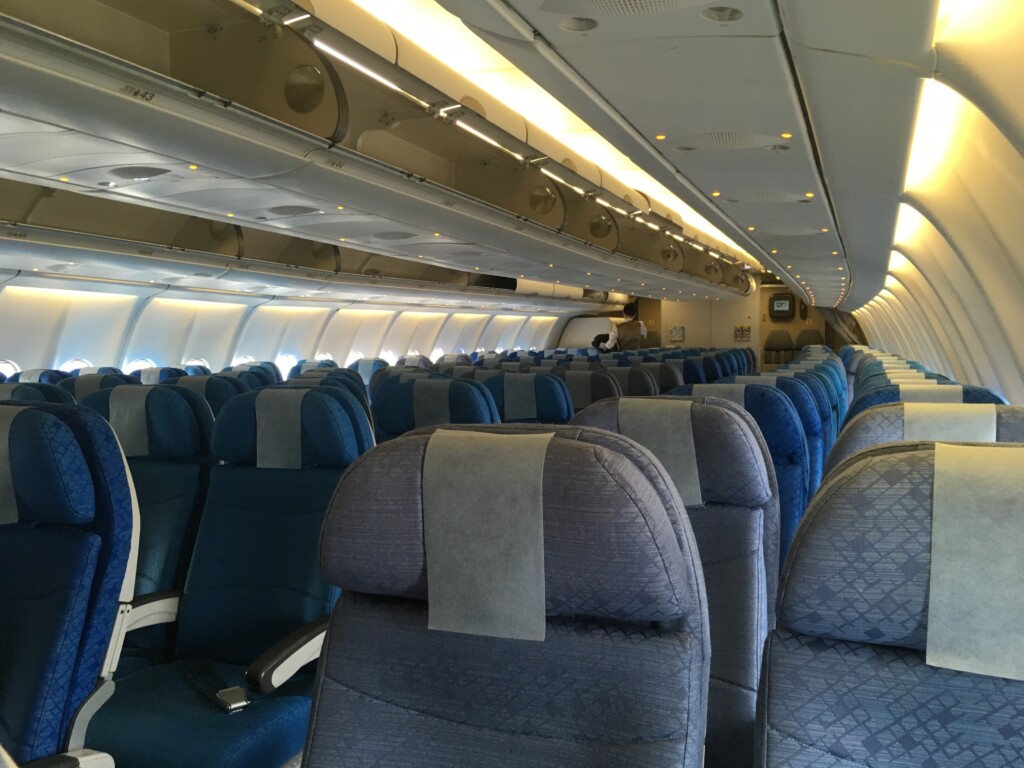
Cathay Dragon Airbus A330-300 Old Economy Class
Cathay Dragon’s meals also have been significantly better from personal experience (I love eating just as much as I love flying, so I should know).

Cathay Dragon Airbus A330-300 Business Class Meal
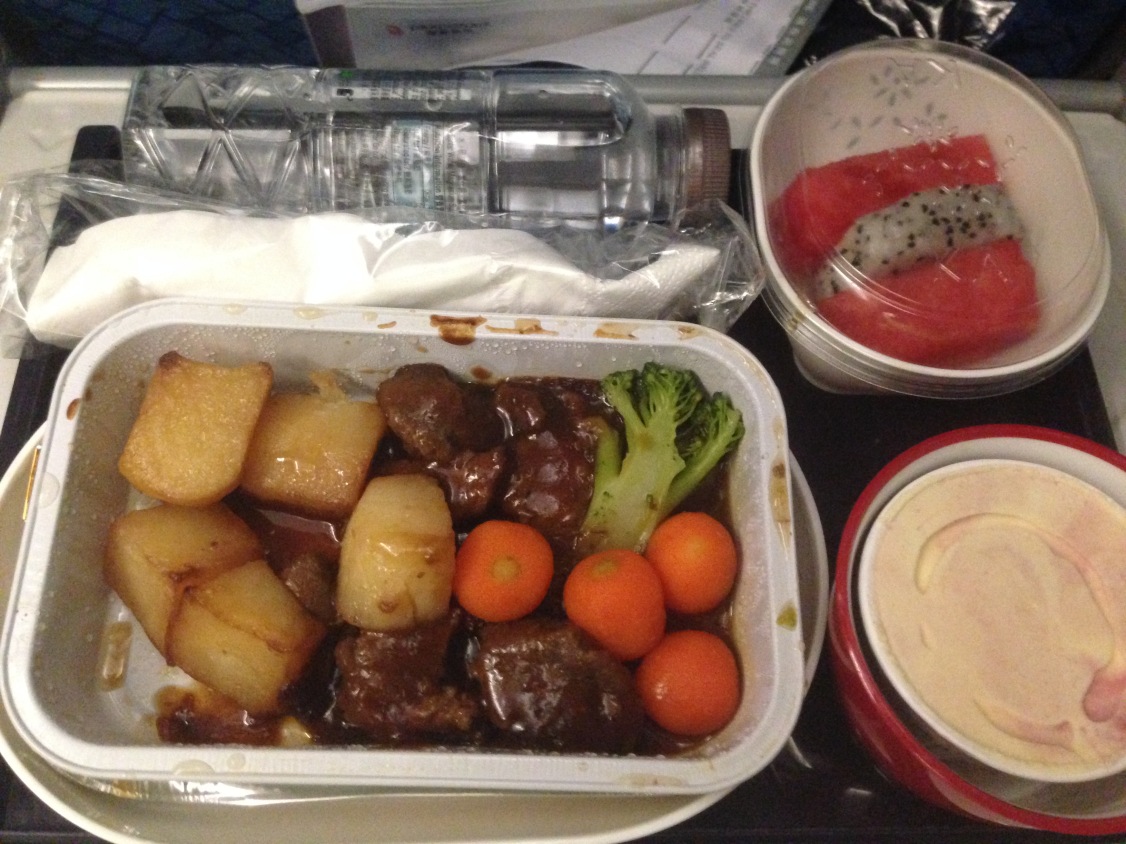
Cathay Dragon Airbus A330-300 Economy Class Meal
So, to summarise, the meals will probably be better and economy class will definitely be better, but for business class it represents a downgrade.
Bottom Line
I can’t wait to see what unravels in May 2017, and certainly wouldn’t hesitate to fly to Kuala Lumpur in Cathay Dragon economy class. From my recent reviews it’s no secret that I don’t think it’s worth paying extra for business class in their regional product, but if you can snag a seat using a cheaper way, go for it.
This should also be a good way to secure the rebranding and show that the airlines are now interlinked, as Cathay Dragon starts plunging into some major markets.
